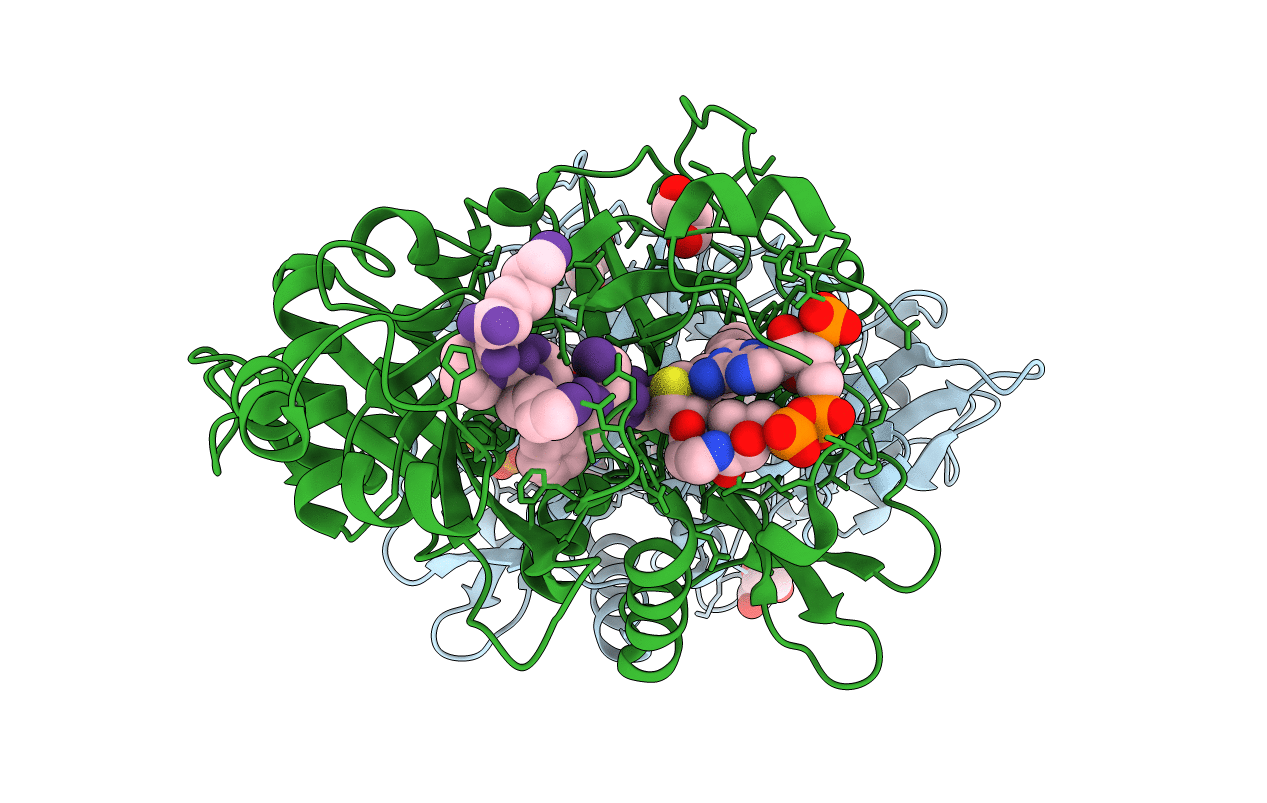
Deposition Date
2017-06-20
Release Date
2018-06-27
Last Version Date
2024-10-16
Entry Detail
PDB ID:
5O9V
Keywords:
Title:
HsNMT1 in complex with CoA and Myristoylated-GGCFSKPK octapeptide
Biological Source:
Source Organism:
Homo sapiens (Taxon ID: 9606)
Host Organism:
Method Details:
Experimental Method:
Resolution:
2.20 Å
R-Value Free:
0.20
R-Value Work:
0.16
R-Value Observed:
0.16
Space Group:
P 2 21 21


